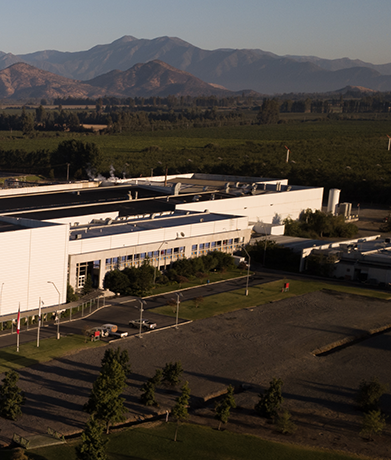

Automatización de procesos productivos: un paso hacia la eficiencia y la seguridad
Hoy en día, las empresas enfrentan numerosos desafíos al buscar optimizar sus procesos productivos. La automatización es una de las soluciones más efectivas, pero no siempre es fácil implementarla. Las inversiones iniciales, la reubicación de los operarios que realizaban el trabajo manual, y la disponibilidad limitada de espacio en planta son algunos de los obstáculos más comunes.
En cualquier planta productiva, hay una gran variedad de procesos que pueden automatizarse o requerir mínima intervención humana. Entre los beneficios más conocidos de la automatización se encuentran el aumento de la eficiencia operativa, la reducción de costos, la mejora en la seguridad laboral, la escalabilidad, el ahorro energético y una mayor consistencia en la calidad del producto.
Dicho esto, en este artículo nos enfocaremos en uno de los procesos clave dentro de la planta: el paletizado. No automatizar este proceso puede derivar en numerosas dificultades, como bajos niveles de eficiencia, inconsistencias en la calidad del apilado y, sobre todo, un mayor riesgo de accidentes y enfermedades laborales derivadas de las tareas manuales.
Verbruggen: líder en soluciones de paletizado automático
Fundada en 1991 en los Países Bajos, Verbruggen es una empresa reconocida por su experiencia en el diseño, fabricación e instalación de paletizadores automáticos de la serie VPM. Con una amplia gama de modelos, esta compañía ofrece soluciones adaptadas a las necesidades específicas de capacidad y espacio de cada planta. Sus paletizadores son ideales para el apilado de bolsas, sacos y cajas, lo que los convierte en una opción versátil para diversas industrias.
¿Por qué deberías automatizar el proceso de paletizado?
1. Mayor eficiencia
Los paletizadores automáticos proporcionan un método uniforme y eficiente para apilar bolsas. Esto aumenta la productividad al reducir la dependencia de la mano de obra manual y minimizar los errores humanos.
2. Ahorro de costos
Automatizar el paletizado conlleva un importante ahorro en los costos laborales. Además, la reducción de errores y daños en los productos durante el apilado contribuye a disminuir las pérdidas de producción y las devoluciones.
3. Calidad constante
Las máquinas garantizan un apilado preciso y estable, lo que mejora la calidad de los pallets. Esto es especialmente importante para las empresas que deben cumplir con altos estándares de calidad y satisfacer las expectativas de sus clientes.
4. Versatilidad
Los sistemas de paletizado se adaptan a una amplia variedad de productos. Su flexibilidad es ideal para diferentes tipos de bolsas, sacos, cajas y especificaciones.
5. Ahorro de tiempo
A diferencia de los métodos manuales, los sistemas automáticos operan de manera rápida y eficiente, lo que ahorra un valioso tiempo de producción. Esta velocidad es crucial para industrias que manejan grandes volúmenes de productos.
Conclusión: el momento de automatizar es ahora
La automatización no es solo una inversión en tecnología, sino también en eficiencia, seguridad y calidad. ¿Qué estás esperando para dar el salto y automatizar el proceso de paletizado en tu planta?
.jpg)

